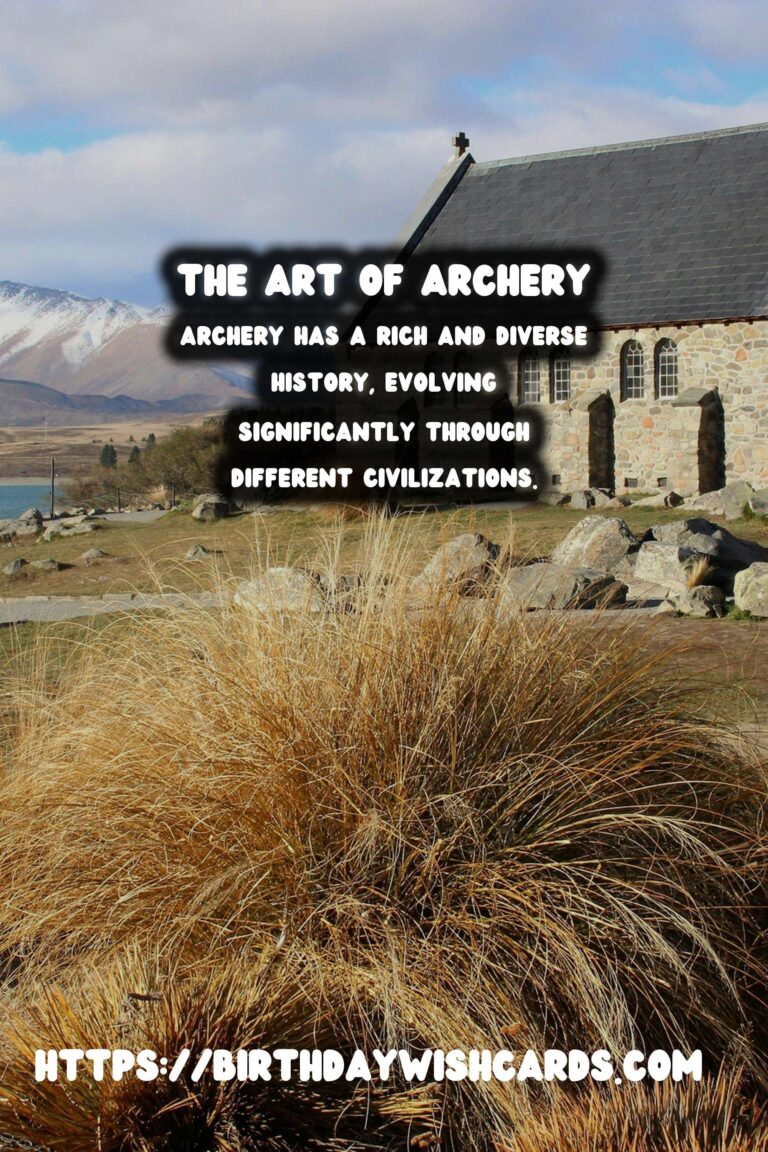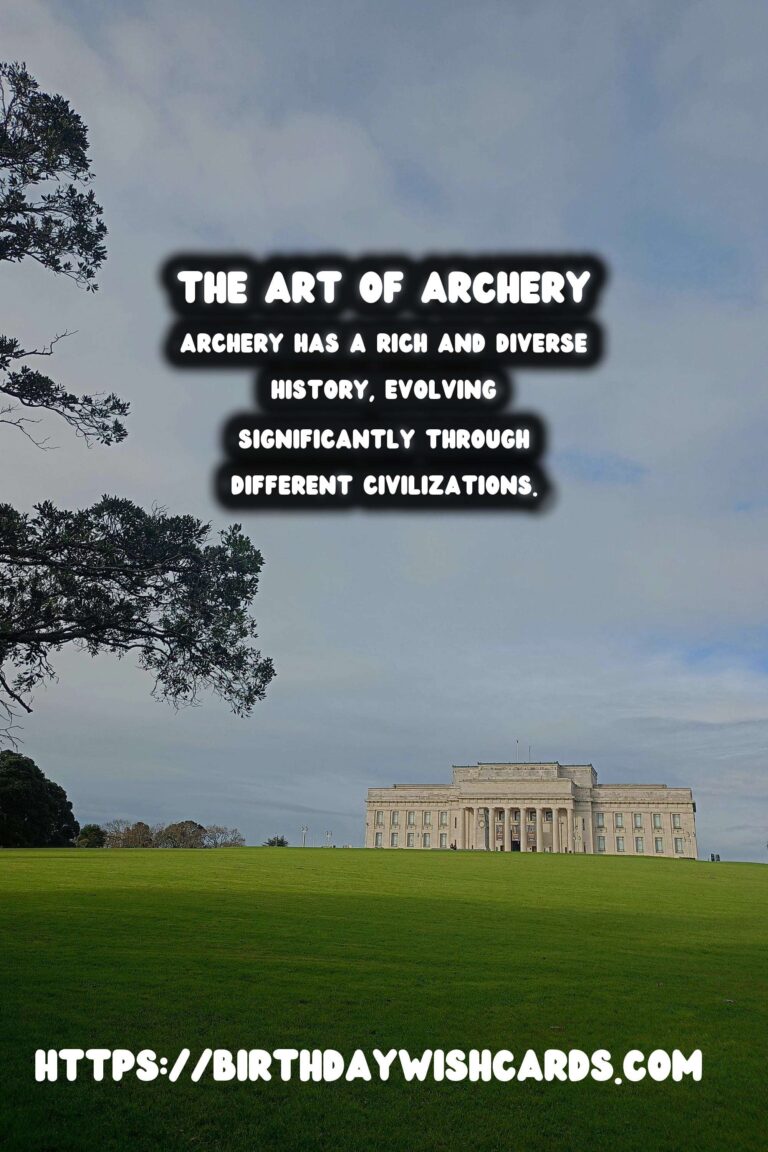
Archery, the skill of using a bow to shoot arrows, dates back to ancient times and has evolved significantly through different civilizations. Its history is not only a window into technological advancements but also a narrative of cultural and military transformations across the world.
The Origins of Archery
Archery can trace its roots to the Paleolithic era, around 10,000 BC, where the earliest evidence of bow and arrow usage has been discovered. Initially, it was employed as a means of survival, providing an efficient way for prehistoric humans to hunt for food.
Archaeological findings suggest that ancient Egyptians were among the first to adopt archery for warfare, around 3,000 BC. The Egyptians used compound bows made from wood and horn for increased strength and flexibility, allowing them to become formidable opponents in battle.
Archery in Ancient Civilizations
Mesopotamia
In Mesopotamia, archers were a crucial part of the military strategy. The bow was a favored weapon in the armies of the Sumerians, Babylonians, and Assyrians, renowned for its ability to strike enemies at a distance.
Asia
In Asia, particular advancements came with the mastery of horse archery. The Huns, Mongols, and Turks utilized composite bows made from wood, horn, and sinew, allowing for rapid mobile assaults that were unparalleled at the time. These innovations were vital during the campaigns led by Genghis Khan in the 13th century.
Europe’s Archery Development
In medieval Europe, the longbow became the archery weapon of choice, famously employed by the English at the Battle of Agincourt in 1415. The longbow was appreciated for its range and power, which proved decisive in tilting battles against heavily armored knights.
Crossbows gained prominence later, particularly during the Middle Ages, offering an easier-to-use alternative with mechanical enhancements that minimized the need for heavy physical strength.
Archery’s Role in Cultural Development
Beyond warfare and hunting, archery has held ceremonial importance in various cultures. The art of archery was integral to martial traditions in Japan, heralded by the samurai class, where it evolved into the practice of Kyudo—a philosophical and meditative practice.
Similarly, archery competitions have been a part of Scottish culture, with records of tournaments dating back to the 17th century. These competitions paved the way for archery as a modern sport.
The Evolution to Modern Archery
The Industrial Revolution brought technological advancements that further refined archery equipment. The late 19th and early 20th centuries saw archery transition into the competitive sport we recognize today, with archery’s introduction into the modern Olympic Games in 1900.
Today, archery embraces technology with modern bows made from composite materials for increased precision and performance, yet the sport still honors its deep historical roots.
Conclusion
Archery’s evolution through civilizations paints a vibrant picture of human ingenuity and adaptation. From its primordial usage in hunting and warfare to its revered status as a cultural practice and competitive sport, archery continues to captivate and inspire, a timeless tradition echoing through millennia.
Archery has a rich and diverse history, evolving significantly through different civilizations. The craft transformed from a survival tool to a revered cultural practice and competitive sport. 









#ArcheryHistory #EvolutionOfArchery




